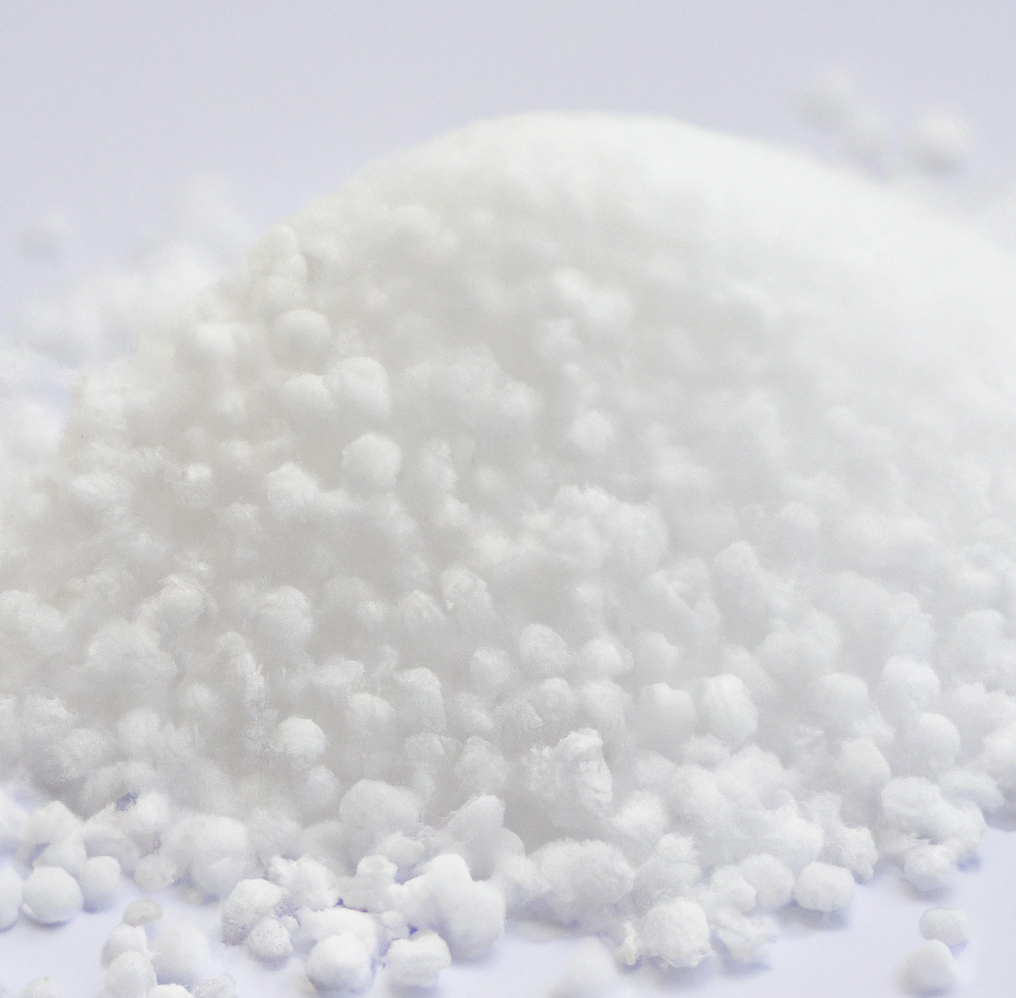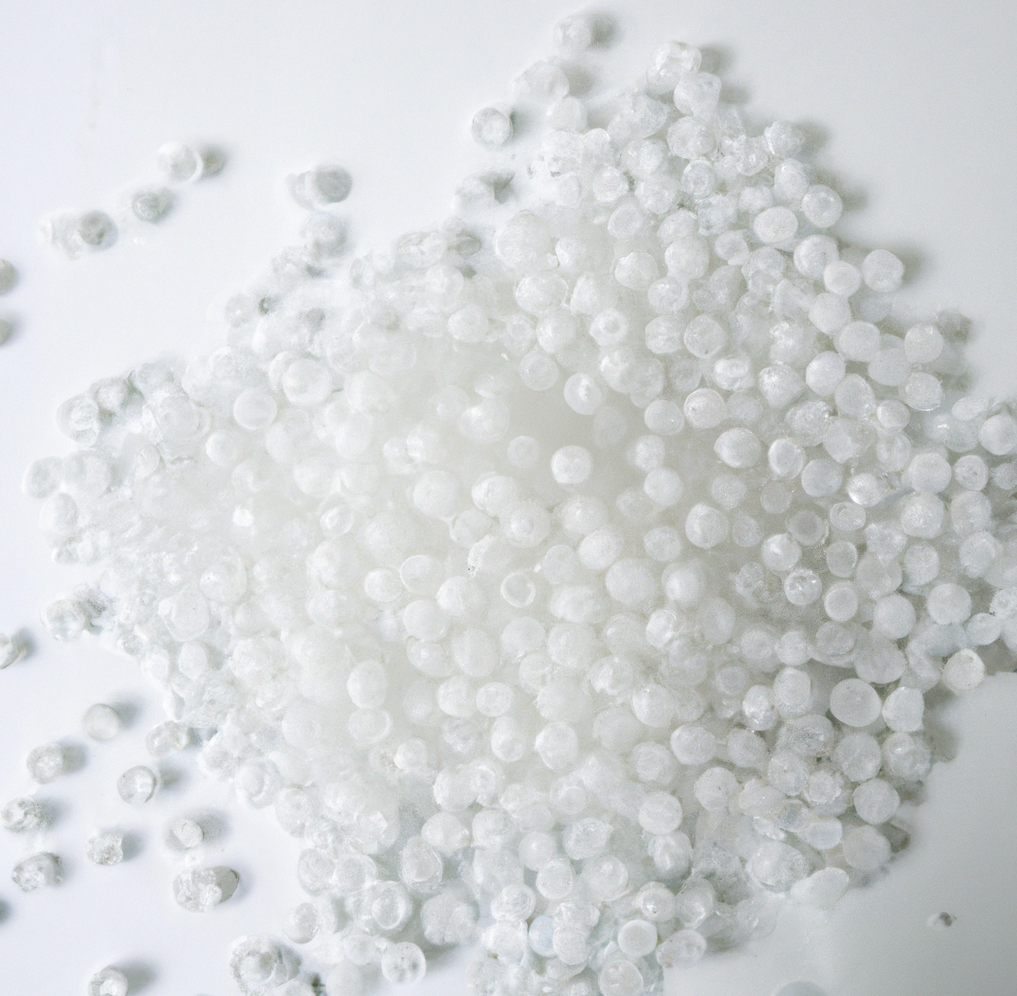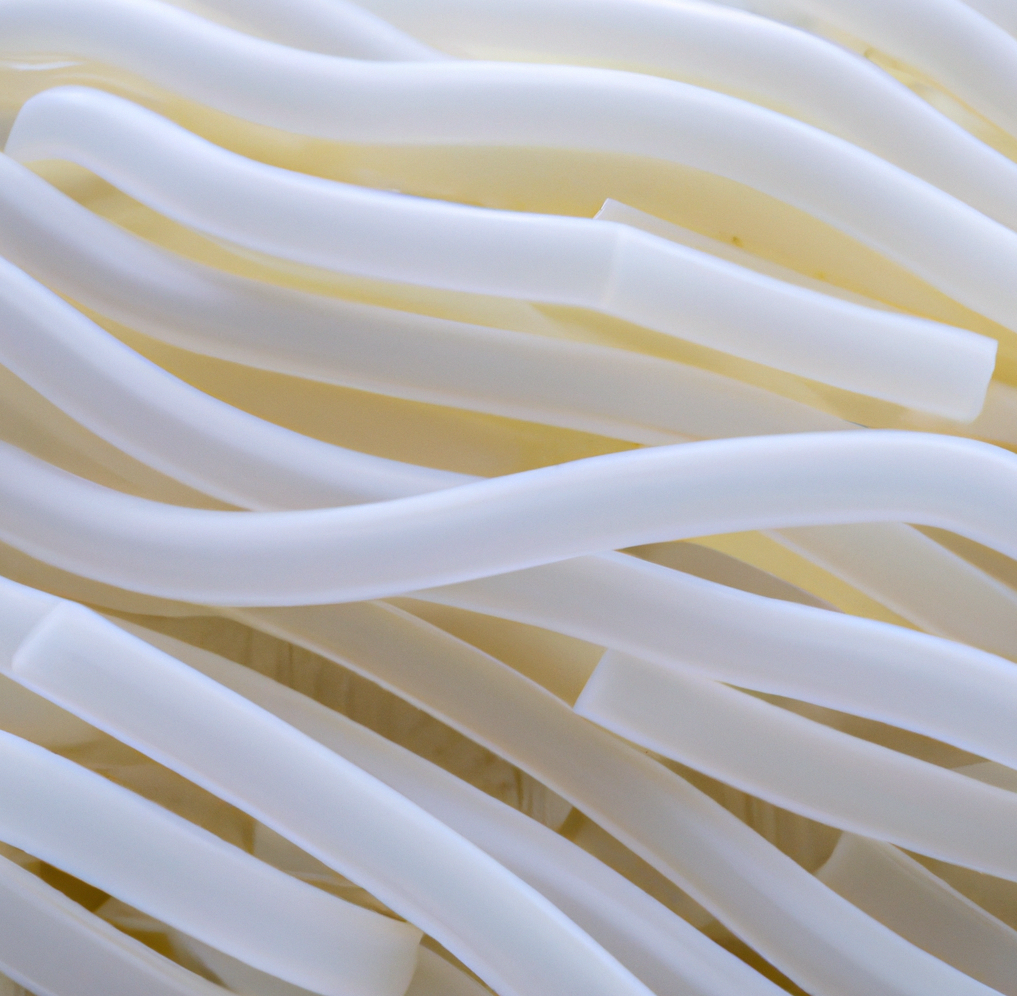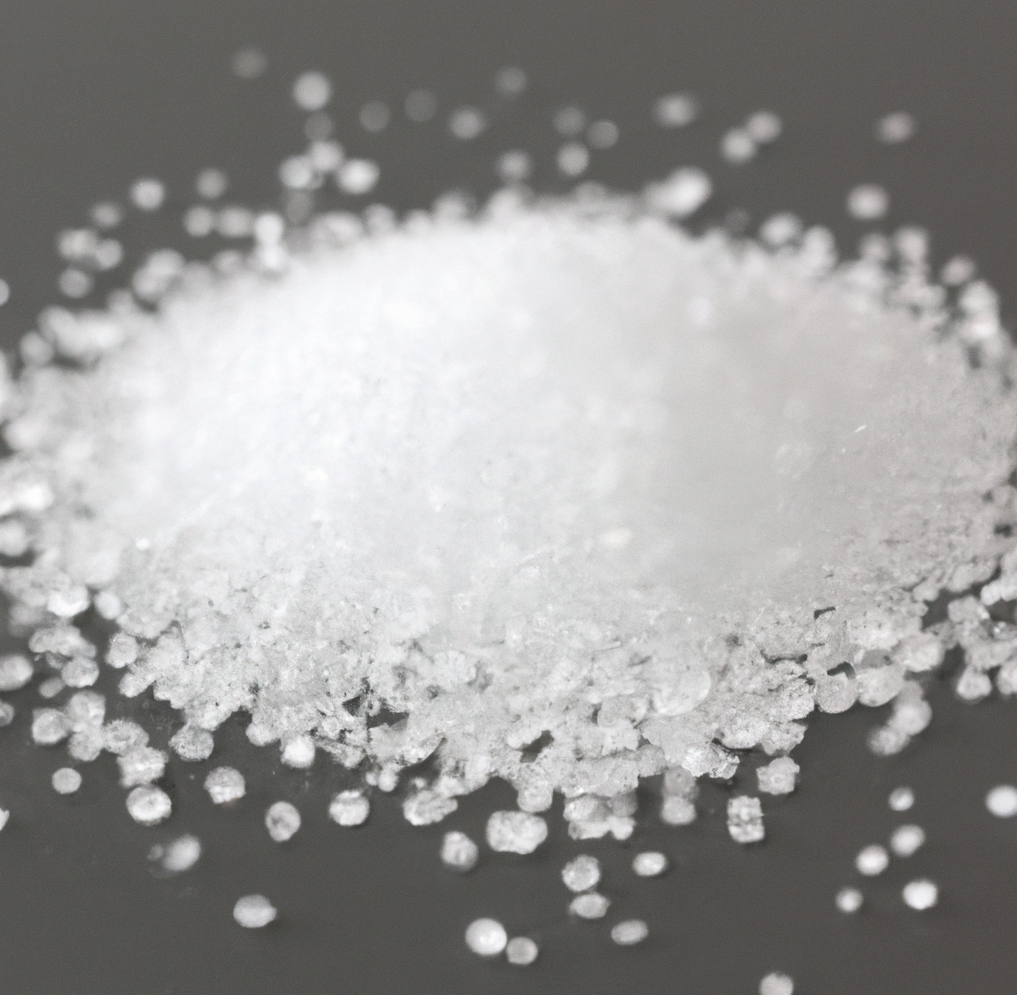In the quest for more sustainable alternatives to conventional plastics, bio-based plastics have emerged as a promising solution. These plastics are derived from renewable sources and offer a range of properties and advantages that make them suitable for various applications. Here are some common types of bio-based plastics:
Polylactic Acid (PLA) stands out as a versatile and eco-friendly bio-based plastic. It boasts properties akin to traditional plastics, including strength, durability, and flexibility. PLA can be transparent or opaque, offering designers the freedom to choose the desired appearance for their applications.

PLA's key advantage lies in its compostability and biodegradability. Derived from renewable resources like cornstarch or sugarcane, PLA reduces the demand for fossil fuels. When properly disposed of in industrial composting facilities, PLA breaks down into natural components, leaving behind minimal environmental impact. This property addresses the issue of plastic waste persisting in ecosystems, contributing to a greener future.
PLA has found its niche in a wide range of applications. Its versatility makes it an ideal choice for packaging materials, including containers, films, and wraps. This sustainable plastic also lends itself well to disposable cutlery and single-use items, effectively reducing the plastic waste generated by such products. Additionally, PLA's use extends to the textile industry, where it can be transformed into fabrics and fibers with diverse textures.
Polylactic Acid (PLA) exemplifies the marriage of performance and sustainability in the realm of bio-based plastics. With properties that rival conventional plastics, its unique advantage lies in its biodegradability, offering a solution to the persistent problem of plastic waste. PLA's applications in packaging, disposable cutlery, textiles, and more underscore its potential to shape a more environmentally conscious future. As industries and consumers continue to prioritize sustainability, PLA remains a beacon of hope in the journey towards reducing our ecological footprint.
Polyhydroxyalkanoates (PHA) are a class of biopolymers with a remarkable range of properties. Depending on their composition, PHA can exhibit qualities spanning from flexible and elastomeric to rigid and sturdy. This versatility allows for tailoring PHA to suit diverse applications.
PHA's primary advantage lies in its eco-friendly origins. Produced through bacterial fermentation of plant sugars, PHA is a biodegradable alternative that helps mitigate the environmental impact of traditional plastics. As it degrades naturally, PHA contributes to reducing plastic pollution and waste. Additionally, its biocompatibility makes it suitable for medical applications, minimizing potential harm to the body.
PHA's applications span various sectors. In the packaging realm, it finds use in creating biodegradable films, containers, and wraps, providing an eco-conscious alternative to conventional plastics. The agricultural industry benefits from PHA's potential for producing biodegradable mulch films, reducing the accumulation of non-biodegradable waste in agricultural environments. Moreover, PHA's compatibility with human tissues makes it valuable for medical applications like sutures, implants, and drug delivery systems, promising safer interactions with the body.
Polyhydroxyalkanoates (PHA) epitomize the harmony between nature and technology in the world of sustainable plastics. Their diverse properties, combined with their biodegradability and potential for medical applications, position them as a pioneering solution to the plastic pollution crisis. From packaging to agriculture and healthcare, PHA serves as a testament to the potential of harnessing microbial processes to create materials that align with the principles of a circular economy. As research advances and applications diversify, PHA's role as a versatile and eco-friendly alternative to conventional plastics becomes even more vital in shaping a greener future.
Starch-Based Blends stand as a testament to the power of combining natural materials with innovative polymers. Their properties vary depending on the specific blend, offering a range of attributes from flexibility and strength to enhanced water resistance.
Starch blends bring the best of both worlds by combining starch's renewable nature with the benefits of other biodegradable polymers. This fusion enhances their mechanical properties and durability, making them suitable for applications that demand resilience. The standout advantage is their enhanced biodegradability, offering a solution to the persistent problem of plastic waste. As they break down, starch blends reduce the environmental impact, minimizing the long-lasting pollution caused by traditional plastics.
Starch blends find their calling in an array of single-use items and packaging solutions. As bags, they replace non-biodegradable plastic bags, reducing the burden on landfills and ecosystems. Food containers made from starch blends provide a greener alternative to conventional plastic containers, allowing for safe storage and takeaway. Disposable utensils, such as cutlery and straws, made from these blends offer a responsible solution for events and fast-food outlets, further alleviating plastic waste.
Starch blends epitomize the innovation that arises when renewable materials meet scientific advancement. Their properties and enhanced biodegradability position them as sustainable alternatives for various plastic applications. From bags to food containers and disposable utensils, starch blends underscore the potential to minimize the environmental footprint of single-use items. As the world grapples with plastic pollution, these blends offer a tangible path towards more responsible consumption and a cleaner planet.
Polybutylene Succinate (PBS) embodies a harmonious balance between environmental responsibility and practical functionality. Its properties include strength, flexibility, and moldability, making it a versatile option for various applications.

PBS derives its advantage from its composition—succinic acid and biobased 1,4-butanediol—sourced from renewable feedstocks. This composition ensures a reduced carbon footprint compared to traditional plastics derived from fossil fuels. PBS offers biodegradability under certain conditions, contributing to a circular economy by reducing plastic waste. Furthermore, its versatility allows for applications across multiple sectors.
PBS's applications span a diverse range. It's a go-to material for packaging, providing an environmentally conscious alternative for items like bottles, containers, and films. In agriculture, PBS is used for producing biodegradable mulch films, aiding in weed control and soil moisture retention. PBS's potential shines as a replacement for conventional plastics in various applications, such as automotive components and consumer goods, thereby reducing dependency on fossil fuel-derived materials.
Polybutylene Succinate (PBS) serves as a testament to the transformative power of bio-based plastics. Its properties, advantages, and applications collectively contribute to a more sustainable future. By substituting traditional plastics in packaging, agriculture, and diverse industries, PBS demonstrates the potential to create a circular economy that minimizes plastic waste and environmental impact. As industries continue to prioritize sustainable practices, PBS emerges as a beacon of innovation that shapes a greener, more responsible world.
Polyethylene Terephthalate (PET) bioplastics continue the legacy of PET's versatile properties. They retain PET's characteristics of being lightweight, strong, and transparent, making them suitable for a variety of applications.
What sets PET bioplastics apart is their renewable origin, derived from sources like sugarcane. This feedstock shift significantly reduces the carbon footprint associated with traditional PET production. Additionally, PET bioplastics can be recycled alongside conventional PET, offering a circular approach that minimizes waste.
PET bioplastics have seamlessly integrated into numerous applications. Their use in bottles, particularly for beverages, exemplifies their capacity to reduce reliance on petroleum-derived plastics in a single-use context. Packaging benefits from their transparency and durability, ensuring product visibility and protection. Moreover, PET bioplastics have found a place in the textile industry, contributing to the sustainable evolution of clothing and fabrics.
Polyethylene Terephthalate (PET) bioplastics breathe new life into a material that has long been a staple in modern life. Their properties, advantages, and applications collectively endorse a more sustainable trajectory for PET-based products. As the demand for sustainable alternatives grows, PET bioplastics offer a bridge between familiarity and eco-consciousness. By embracing renewable origins and reducing carbon emissions, PET bioplastics redefine PET's role in the journey towards a greener future.
Polyamide (Nylon) bioplastics inherit the resilience and versatility characteristic of nylon. They possess properties like strength, durability, and abrasion resistance, making them suitable for various demanding applications.

The standout advantage of Polyamide bioplastics is their source—renewable materials like castor oil. This shift from petrochemicals to bio-based feedstocks reduces the carbon footprint and reliance on non-renewable resources. Additionally, these bioplastics maintain compatibility with existing manufacturing processes, allowing for a seamless transition to a greener material.
The applications of Polyamide bioplastics span multiple industries. In the automotive sector, they find use in components that require durability, such as engine parts and interior trims. The textile industry benefits from their strong, flexible nature, using them to create sustainable fabrics and clothing. Industrial products like machinery components and consumer goods also benefit from the versatility and sustainability of Polyamide bioplastics.
Polyamide (Nylon) bioplastics exemplify the harmonious fusion of technological progress and environmental responsibility. Their properties, advantages, and applications paint a picture of a sustainable future where even highly functional materials can tread lightly on the planet. By choosing bio-based sources like castor oil, Polyamide bioplastics usher in an era where versatile materials like nylon can coexist with ecological consciousness, paving the way for more sustainable manufacturing and production processes.
Polycarbonate (PC) bioplastics inherit the clarity, impact resistance, and thermal stability associated with traditional polycarbonates. They possess excellent optical properties, making them suitable for applications demanding transparency and light transmission.
The most prominent advantage of PC bioplastics is their source—plant-based feedstocks. This shift towards bio-based origins significantly reduces the environmental impact and reliance on fossil fuels. PC bioplastics also maintain the integrity of traditional polycarbonates while offering an eco-conscious alternative.
PC bioplastics have diverse applications, particularly in industries requiring optical clarity and durability. In electronics, they can be used for transparent screens and casings, aligning technology with sustainability. In the automotive sector, PC bioplastics contribute to lightweight, eco-friendly components. Additionally, their optical properties make them suitable for optical lenses and other optical applications.
Polycarbonate (PC) bioplastics exemplify the synergy between advanced materials and environmental responsibility. Their properties, advantages, and applications underscore their capacity to drive change across multiple industries. By opting for plant-based feedstocks, PC bioplastics redefine what's possible in electronics, automotive, and optical sectors while championing a future where materials meet sustainability head-on.
Polypropylene (PP) bioplastics encompass the versatility characteristic of traditional polypropylene. They possess attributes such as flexibility, toughness, and resistance to chemicals, making them suitable for a wide range of applications.
The standout advantage of PP bioplastics is their renewable origin—sugarcane. This shift towards bio-based feedstocks significantly reduces the carbon footprint and dependence on fossil fuels. PP bioplastics also maintain the mechanical properties of traditional polypropylene, ensuring they can meet the demands of various applications.
PP bioplastics find their niche across industries. In packaging, they contribute to environmentally friendly solutions for items like bottles, containers, and films. In textiles, they lend themselves to sustainable fabrics and clothing, supporting the transition to greener materials. Automotive components benefit from their durability and resistance to wear and tear, aligning with sustainable practices in the automotive sector.
Polypropylene (PP) bioplastics exemplify the potential to merge established properties with newfound environmental consciousness. Their properties, advantages, and applications showcase their role as catalysts for change in various sectors. By utilizing renewable sources like sugarcane, PP bioplastics redefine the trajectory of plastics, steering them towards sustainability. As industries continue to seek greener alternatives, PP bioplastics stand ready to play a pivotal role in shaping a more eco-friendly and responsible future.
Cellulose-Based Plastics embody the natural elegance of plant cellulose. They often exhibit transparency, which lends itself to applications requiring clarity and light transmission. Additionally, they can possess properties like flexibility and barrier resistance.

The key advantage of cellulose-based plastics is their origin—plant cellulose. Derived from renewable sources, these plastics substantially reduce the environmental impact compared to conventional plastics derived from fossil fuels. Their biodegradability and compatibility with existing manufacturing processes further contribute to their appeal.
Cellulose-based plastics find their application in sectors where transparency and barrier properties are paramount. In food packaging, they offer a greener alternative that maintains product visibility while ensuring protection. Films and coatings made from cellulose-based plastics provide sustainable solutions for various industries, including textiles and electronics.
Cellulose-based plastics epitomize the concept of working with nature to address modern challenges. Their properties, advantages, and applications collectively underscore their potential as sustainable alternatives. By utilizing plant cellulose, these plastics gracefully transition from fossil fuel dependency, offering a glimpse into a world where functionality and environmental consciousness coexist harmoniously. As industries explore greener options, cellulose-based plastics emerge as a beacon of sustainable innovation that aligns with the principles of circularity.
Polyethylene (PE) bioplastics harness the versatility of traditional polyethylene. They exhibit attributes like flexibility, durability, and resistance to moisture, making them suitable for a wide range of applications.
The significant advantage of PE bioplastics lies in their renewable origin—sugarcane ethanol. This shift towards bio-based feedstocks drastically reduces the carbon footprint associated with conventional PE production. These bioplastics contribute to a circular economy by offering biodegradability and reduced reliance on fossil fuels.
PE bioplastics find application in sectors that demand reliable and eco-conscious materials. In packaging, they provide sustainable alternatives for items like bottles, containers, and films. In agriculture, they serve as biodegradable mulch films, aiding in weed control and soil moisture retention. Their versatile nature extends to consumer goods and various industrial products.
Polyethylene (PE) bioplastics exemplify the marriage of innovation and environmental responsibility. Their properties, advantages, and applications collectively endorse their potential as sustainable solutions. By embracing sugarcane ethanol as a feedstock, PE bioplastics redefine the narrative of plastic materials, steering them towards greener pastures. As industries gravitate towards eco-friendly practices, PE bioplastics serve as a testament to the transformative power of bio-based alternatives in shaping a more sustainable future.
As the world seeks sustainable alternatives to traditional plastics, bio-based plastics stand out for their diverse properties, advantages, and applications. These innovative materials offer a pathway towards reducing plastic pollution, minimizing carbon emissions, and promoting a more circular economy. By understanding the distinct characteristics of each type of bio-based plastic, industries and consumers alike can make informed choices that contribute to a greener and more sustainable future.





